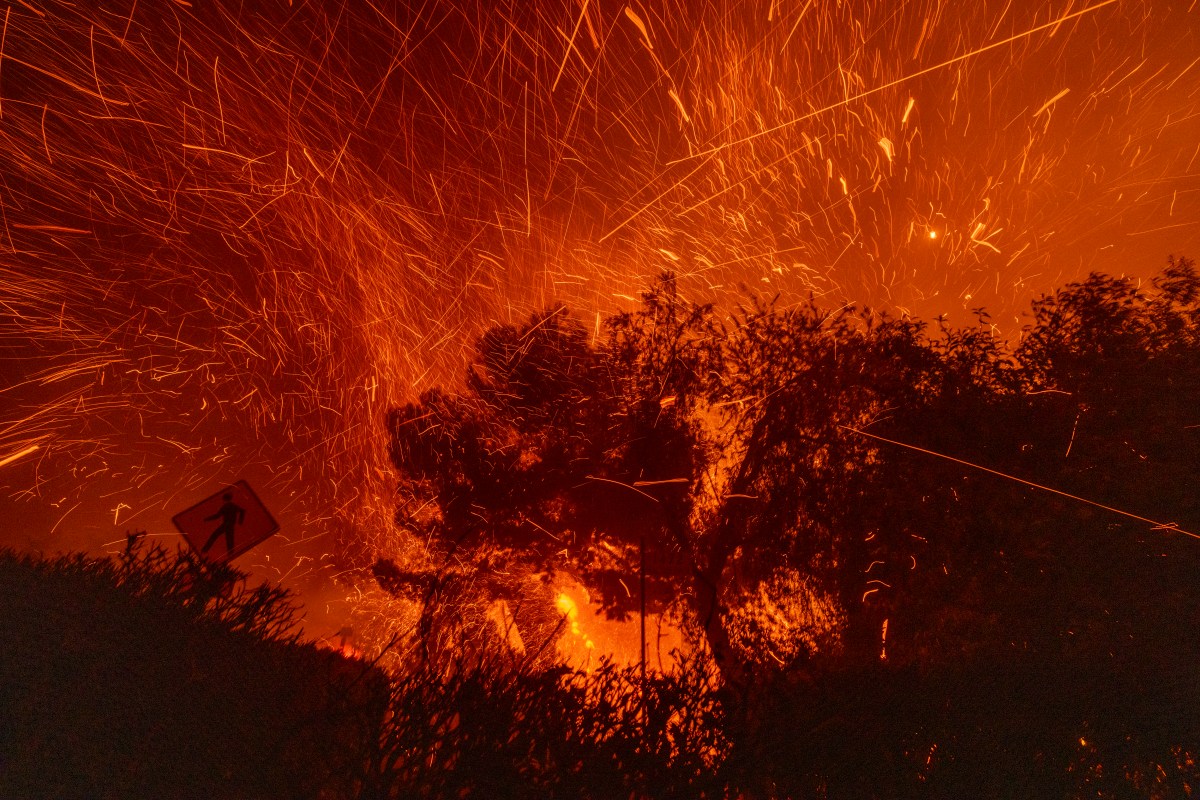
BY CATHERINE MCVAY HUGHES COMMUNITY BOARD 1 | In the coming two years, our vision of Community Board 1 as New York City’s premier live-work neighborhood will take important strides forward. This community, whose strength is founded on our working together, has many reasons to be optimistic. This year and next will be big years for us as we see major achievements in the re-integration of the World Trade Center into the surrounding neighborhood. These coming years will show that this neighborhood is not defined by what happens to us but that we define it ourselves by the choices we make, and the work we do, to build our own future.
This spring, we hope to cross the West Side Highway at grade level on Vesey St. Later in 2013, the east-west pedestrian connector under the West Side Highway will open into Brookfield Place (formerly the World Financial Center) where a dining terrace will open.
Also in 2014, W.T.C. Towers 1 and 4 will be completed and, as their interior spaces are built out, tenants will move into Tower 1 (including Conde Nast) and Tower 4. The W.T.C. retail and the Santiago Calatrava PATH Transportation Hub will continue to be built and open in phases.
Last year, the 9/11 National Memorial, the heart of the World Trade Center, had over five million visitors. The Memorial Museum will open in 2015, along with Liberty Park, a new public space atop the Vehicular Security Center.
The W.T.C. Performing Arts Center (PAC) took an important step forward as it was recently funded with $1 million by the Lower Manhattan Development Corporation to hire staff and develop building plans. The PAC will rise where the temporary PATH station sits now.
One block east of the W.T.C., the Fulton Transit Center will open in June 2014. It will improve connections between six existing Lower Manhattan subway stations and 11 subway lines and serve 300,000 customers daily. It will connect to the W.T.C. site, PATH trains and Hudson River ferries at Brookfield Place.
The construction underway at the W.T.C. site and the M.T.A. Fulton Center will be green and add to Lower Manhattan’s ten LEED (Leadership in Energy and Environmental Design) certified buildings and ten Energy Star buildings, according to the Downtown Alliance.
Now that we have weathered Superstorm Sandy, and most of Lower Manhattan is open for business, work still needs to be done. The federal recovery package has passed and the resources need to go quickly to the victims of Sandy. This includes grants to small businesses so they can reopen and recover losses that business insurance did not cover.
Mayor Bloomberg created a taskforce to develop a long-term plan for the city based on expected future climate change, severe weather occurrences, and how to rebuild better. This taskforce has taken our input and will issue a report in May.
Last month, C.B. 1 released a report, “Emergency Preparedness: Lessons Learned from Superstorm Sandy.” The utility outage was due to a source outside of C.B. 1, but it impacted us. The generation and distribution of electricity and steam need to be made redundant and resilient. The upside of the damage to the copper phone and data services is that most of Lower Manhattan has been rewired with fiber, which is much more resistant to climate change and salt water.
Conversations are moving back to pre-Sandy issues. Parents’ number one concern continues to be school overcrowding. Since 9/11, due to many people working together to envision a 24/7 community, our population tripled from roughly 20,000 to over 60,000. Downtown has great schools, so people want to settle down and have a family here. At February’s C.B. 1 Planning Committee meeting, the Lower Manhattan Construction Command Center projected 2,805 new residential units — which does not include Tribeca and Seaport and stalled construction sites — coming on-line in the next several years. This is the time for the infrastructure to catch up to residential development growth.
In the future, I hope to present future updates on the improvements of the Water Street Arcades, plans for new development on Governors Island and progress on negotiations on the Civic Center Plan.
Recently, the Scent of Resilience, a signature scent created by a renowned perfumer for the ScentWorld 2013 Conference was released to honor the city’s spirit of strength, community and optimism in the face and aftermath of Sandy at the Marriott Downtown. Just walk around Lower Manhattan where New York began and be inspired by our history. Walk our waterfront and you will smell resilience as we adapt to a changing world and embrace the latest.
Catherine McVay Hughes is chairperson of Community Board 1 and is a member of several boards including the Downtown Alliance and the Trust for Governors Island.


































